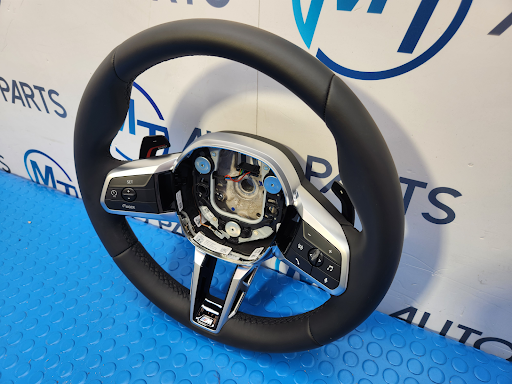
Photo by CHUTTERSNAP on Unsplash
The ability to go anywhere anytime is the American dream, and even more so a teenager’s desire. Time sure does fly fast and getting your teenager properly prepared to get on the road safely is something every parent must do. Teaching and making necessary preparations for your teen to drive is an extremely rewarding and challenging experience. The experience itself will leave both you and your teenager satisfied and bring you closer as a family; so why not start now and learn a few things to be ahead of the curve?
Family Car Insurance
First and foremost, in an event of an accident, you will want to be properly prepared. So, step one in preparing your teenager for the road is looking into family car insurance that supports teen drivers. Having car insurance is of the utmost importance especially for inexperienced teenage drivers as it will provide a means to protect your family as well as your property. Fortunately, it isn’t that difficult to find and compare cheap insurance for teens, and you can likely expand your existing policy to encompass an additional teen driver.
All About Teaching
After preparing your insurance for a just-in-case scenario, it’s time to think about actually teaching your teen to drive. As always, the most boring part of learning to drive is learning road markers and signs. They will likely be taking a class that teaches them these things, but it’s also important that you hammer down this information. A misread sign could result in disaster. After they’ve got that it’s time to transition into driving.
One of the best places for true beginners to learn is in an empty parking lot with an easy-to-drive vehicle (automatic not manual). This type of space provides ample room for error and your teenager to get used to the car and how it operates. You can use this open area to help teach your teen the layout and how to operate the dashboard, lights, and signals safely.
When your teen has mastered the parking lot it’s time to take it a small step further. Increasing the difficulty slowly and steadily will ultimately make your teen more comfortable and better prepared behind the wheel. Thus, it means it’s time to move on to your local neighborhoods. It’s likely your teen will know the layout already after living in the area, and will provide a nice and slow transition interacting and driving with other vehicles on the road.
It’s important during this phase to also be observing your teen while driving. Double-check that your teen is paying attention to mirrors and important road-sign information. It’s also equally important to ensure that they are comfortable and not panicking as it could lead to dangerous situations. Another helpful tip during this is to keep training sessions brief as it will reduce burnout and help solidify repetition in the following sessions.
Once you and your teen have successfully mastered the local neighborhoods and have achieved a learner’s permit. It’s finally time to begin integrating them into real-world driving. You can do this in various ways that provide a safe and comfortable means to getting them on main roads. For example, instead of you driving them to school, you instead have them do it. This allows them to practice during slower morning traffic and trains them beautifully. Do this for other various things like grocery trips, and even events involving their friends as well.
Finally, once they’ve gotten used to driving on main roads, the final obstacle is highways and interstates. A good method for this would similar to the driving to school method, and to teach them during the early mornings while traffic is slower. This step shouldn’t be so difficult as they’ve already mastered everything else and this is just the final rung on the ladder.
Leaving The Nest
After they’ve mastered the entire road under your supervision it’s finally time to let the bird leave the nest. Trust yourself and your teaching ability and in turn, you’ll have a happy teen full of newfound independence. Your kid driving on their own is a scary thought for every parent, but that will quickly be replaced with confidence and respect if the basics are done properly and safely.






